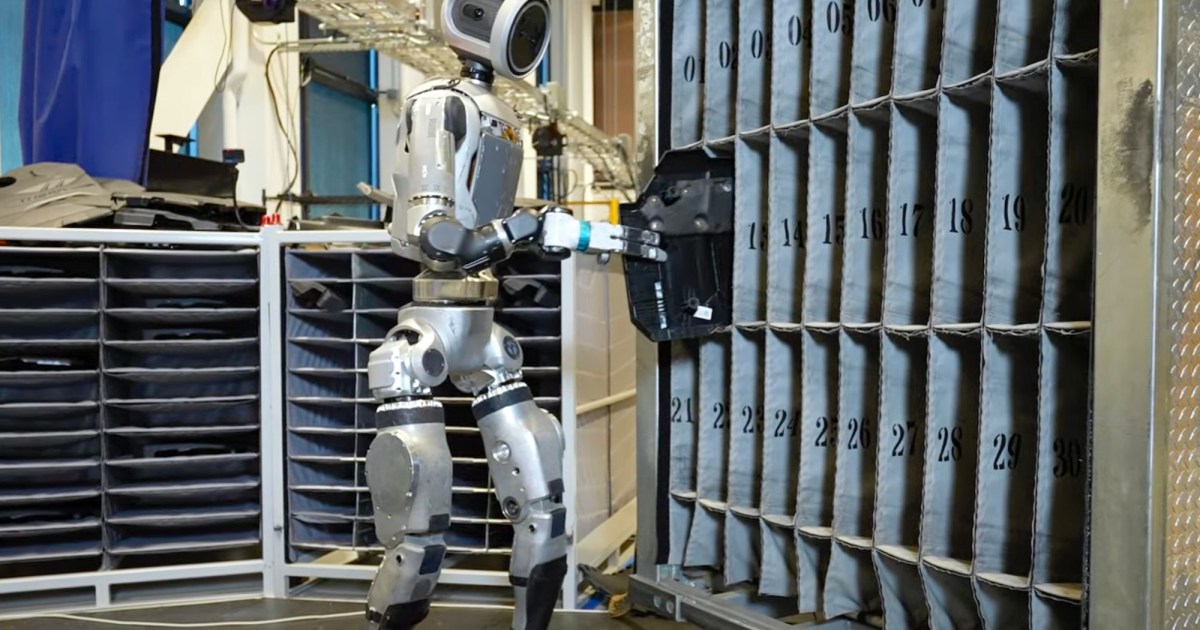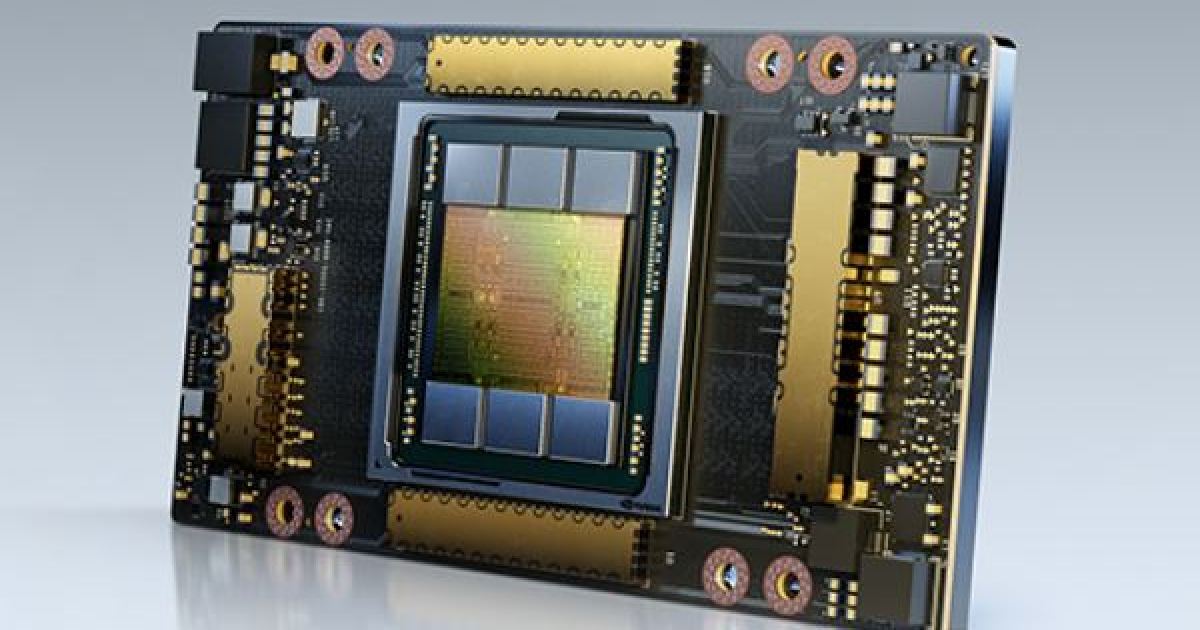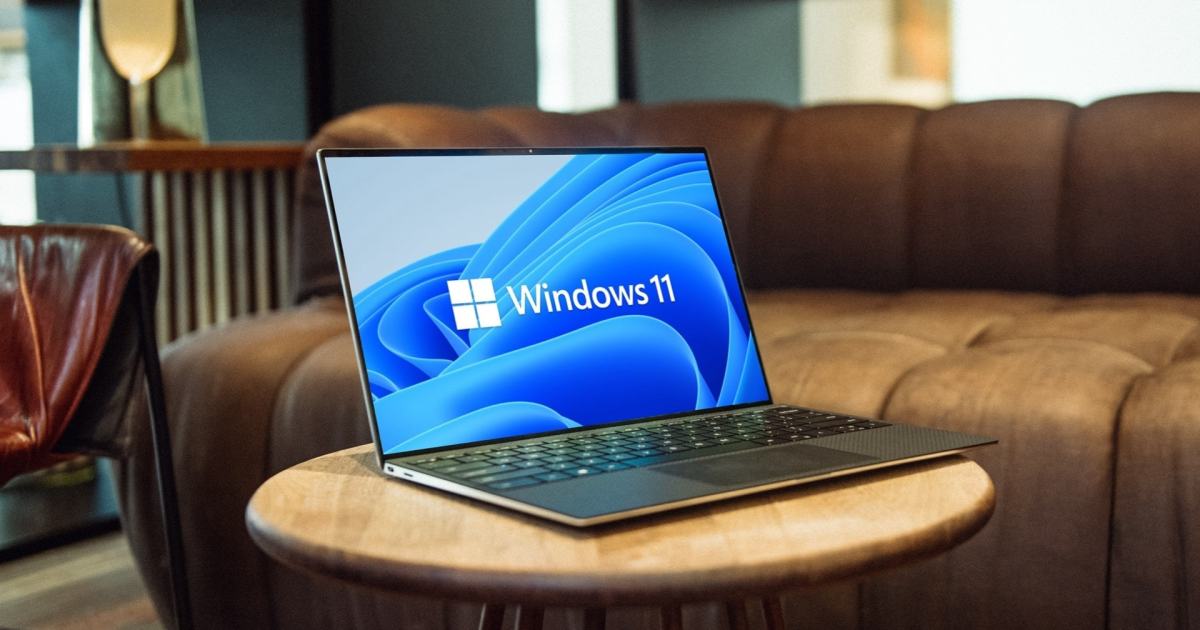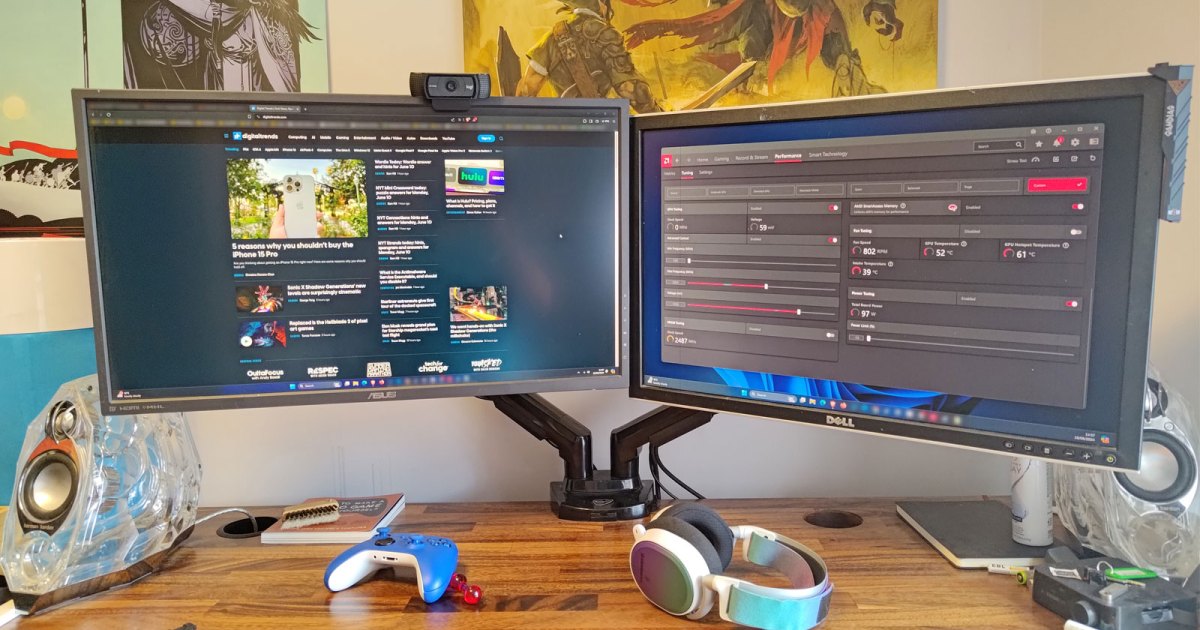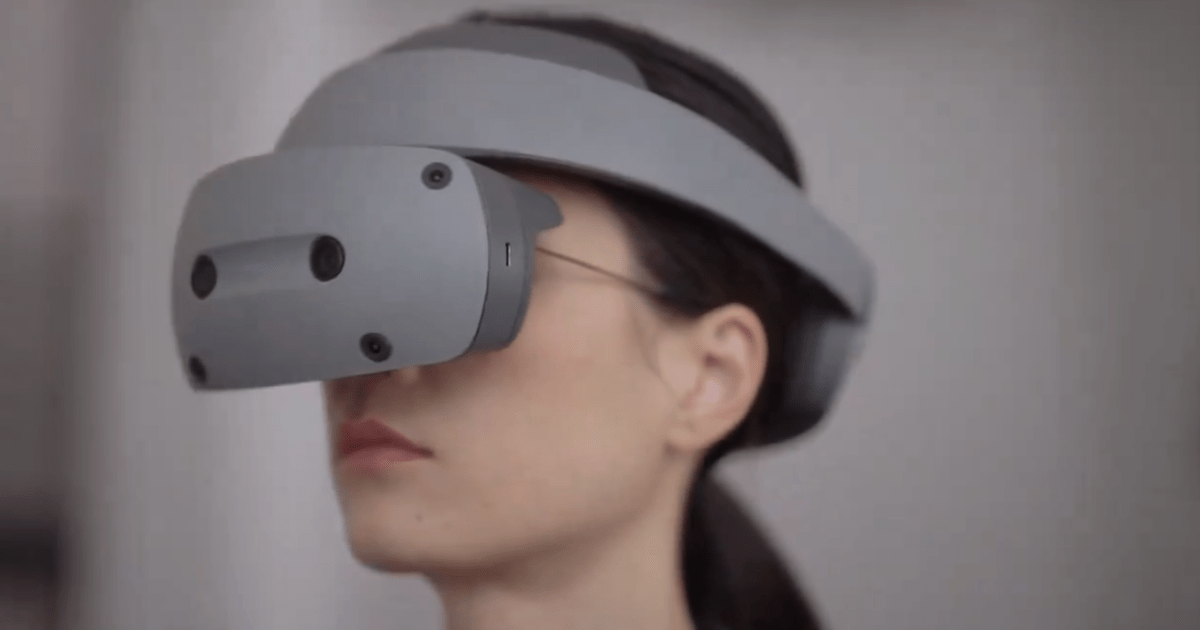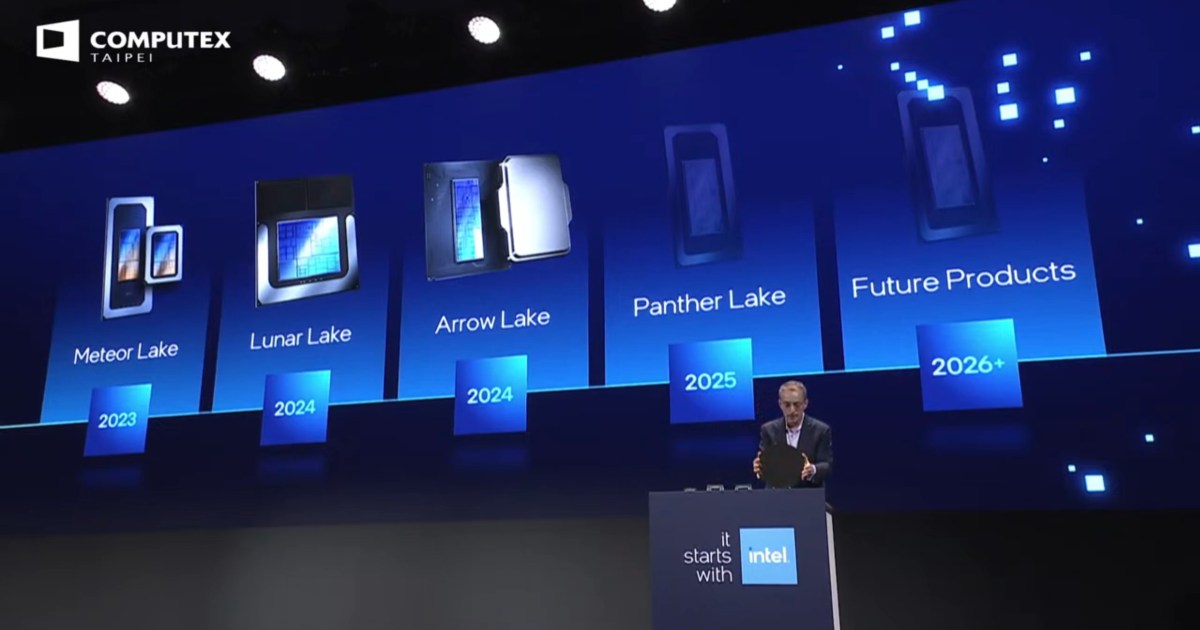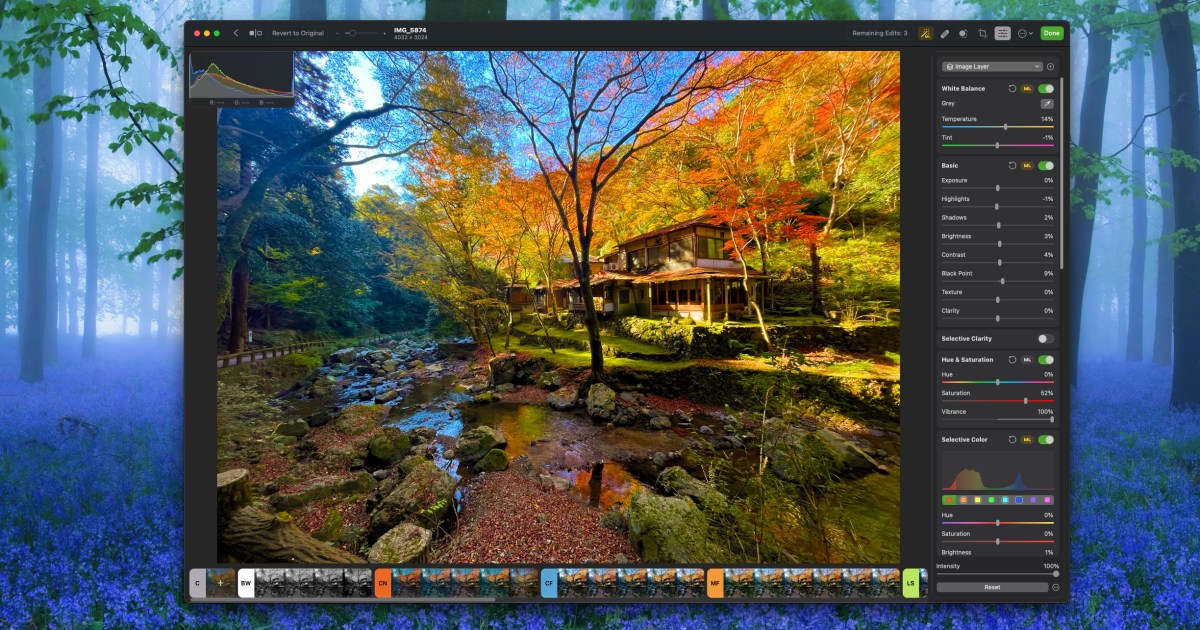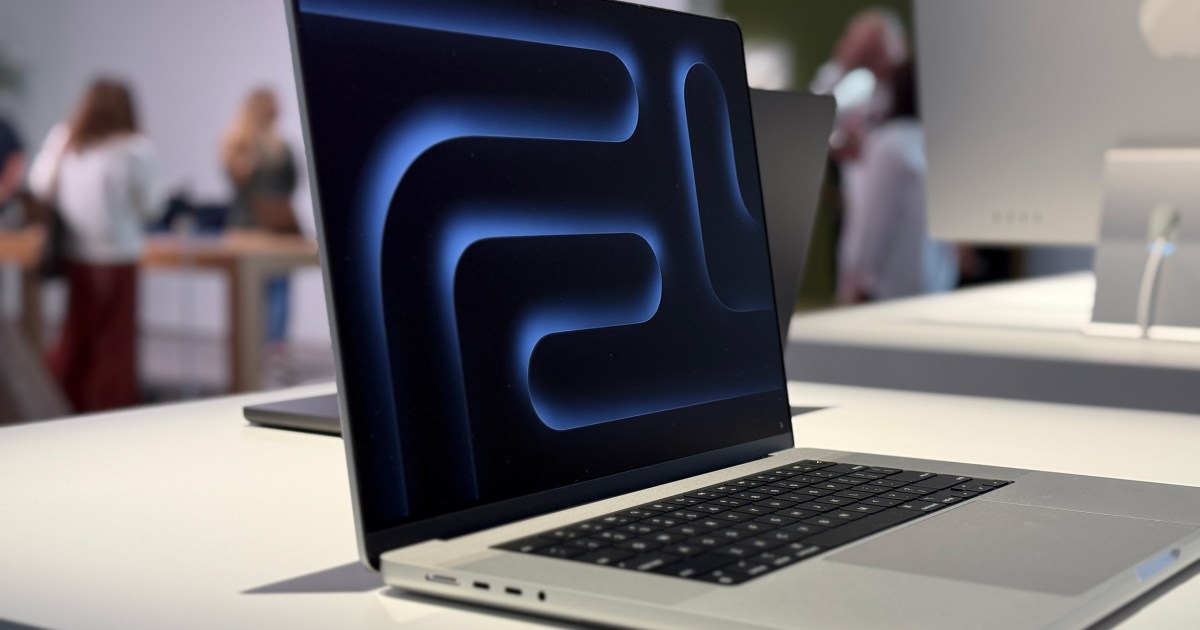Atlas, the advanced humanoid robot from Boston Dynamics, demonstrates impressive dexterity and problem-solving skills in a recently released video. The footage showcases Atlas autonomously performing complex tasks in a simulated workplace environment, hinting at the potential of advanced robotics in industrial settings.
The video highlights Atlas’s ability to manipulate objects with precision, moving engine covers between containers efficiently and quickly. This is achieved through a combination of cutting-edge technologies, including machine learning, computer vision, and reinforcement learning. Boston Dynamics explains that Atlas uses a machine learning vision model to identify and locate fixtures and bins within the environment. A specialized grasping policy, coupled with continuous estimation of the manipulated objects’ state, enables the robot to complete the assigned task.
Importantly, Boston Dynamics emphasizes that Atlas operates autonomously in this demonstration. There are no pre-programmed movements or remote control involved; all actions are generated in real-time based on the robot’s perception and understanding of the environment.
Furthermore, the video demonstrates Atlas’s resilience and adaptability. The robot is shown recovering from “action failures,” such as a missed grasp or a stumble, using a combination of visual, force, and other sensor data. This robust error recovery capability is crucial for real-world applications where unexpected events are common.
This electric version of Atlas, introduced earlier this year, represents a significant advancement over its hydraulic predecessor. It boasts increased strength, dexterity, and agility, allowing it to perform movements that surpass human capabilities. Boston Dynamics envisions commercializing Atlas for industrial use, similar to its quadruped robot, Spot. Hyundai, Boston Dynamics’ parent company, plans to leverage its advanced manufacturing facilities as a testing ground for Atlas, exploring new applications for the robot in automotive production and beyond.
While the increasing sophistication of robots like Atlas may raise concerns about the future of human labor, Boston Dynamics and other robotics companies often assert that these machines are intended to collaborate with human workers, not replace them. The robots are envisioned taking over repetitive or dangerous tasks, freeing up human employees to focus on more complex and engaging work. Whether this vision holds true remains to be seen.



